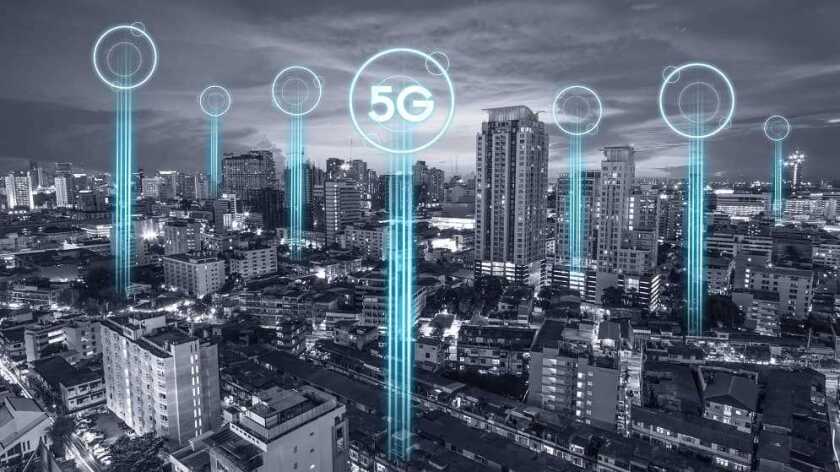The rise of 5G will be accompanied by the rise of non-terrestrial networks (NTNs), which include high-altitude platforms (HAPs) and low earth orbit (LEO) satellites. These NTNs will be integrated with terrestrial networks to create a hybrid terrestrial/ non-terrestrial 5G mobile infrastructure.
LEO constellations are gaining traction thanks to cheaper launch costs, advanced electronics and evolving antenna capabilities. Platforms operating in the atmosphere are highly cost-effective and come in various forms, including HAPs, balloons and aerostats. The most promising platform for HAPs connectivity is unmanned aerial vehicles, flying at a higher altitude (around 60,000 to 80,000 feet, which has the benefit of stable weather and no commercial air traffic to contend with).
Hybrid terrestrial/NTN 5G networks present many opportunities for operators, from rural consumer and business applications, such as agriculture and mining, to autonomous vehicles and industrial IoT.
But for this to happen, NTNs face several challenges. Let’s look at the challenges and explore some of the findings from our recent paper with the GSMA — 5G’s future is hybrid – the non-terrestrial opportunity — which looks at the innovation ready to overcome them.
Link budget and terminal costs/form factor
Arguably the biggest hurdle for NTNs serving as 5G platforms is the link budget, for the simple reason that the radio signal has further to travel. There are two key challenges: high signal quality is required to maintain high service quality on the ground and terminal costs need to be minimised to achieve the greatest possible adoption.
In the short to medium term, new antenna technology has the potential to enable LEO systems to increase support for NB-IoT devices. Longer term, we could see dual-mode smartphones that allow operators to offer 5G services that leverage terrestrial networks and NTNs seamlessly.
A key aspect of solving the link budget challenge for LEOs is to use larger advanced antennas on both the satellites and terminals, transmit at a higher power and make protocol adjustments to overcome the timing delay. For HAPs, there is an opportunity to use phased array antennas, which create highly focused beams that direct RF energy to where it’s needed for the highest service levels. This is thanks to the recent innovation of multibeam, digitally phased array antennas.
Avoiding RF interference
In addition to improving the link budget phased array antennas also help with managing interference challenges in cellular systems. Intercell self-interference can be minimised by using advanced antennas that have low sidelobes, typically known as ‘good sidelobe control’. Malicious and deliberate interference can be mitigated by using null beamforming to reject unwanted signals. Another up-and-coming aspect to RF interference mitigation is artificial intelligence, which could be used to adapt coverage capacity in real time by learning patterns.
Ensuring terrestrial network integration
Integrating NTNs with terrestrial 5G networks poses several challenges. Frequency planning can be managed via geographic separation between terrestrial and non-terrestrial coverage or using different dedicated frequencies and enabling handover between the two coverage areas.
Handover can be achieved using the same protocols and algorithms that terrestrial networks use, but adapted for the hybrid architecture. This requires implementation of different routing strategies. For example, instead of routing from the core to the base station to the user, the network must route from the core to the gateway to the satellite to the user. Operators will need to design appropriate protocols and parameters in the network and backhaul must also be provided from the NTN to the terrestrial network.
It’s a matter of when, not if
NTNs provide economic advantages for network providers and value for consumers; and they have a clear role to play in 5G networks. The enabling technologies are all coming together now – smart antennas, low launch costs for LEOs, long duration of flights for HAPs, and enhancements to protocols to enable seamless integration.
It’s important that operators consider how NTNs can support their growth strategies. At the same time, technology vendors need to consider how their portfolios can grow to support this exciting opportunity.









